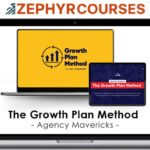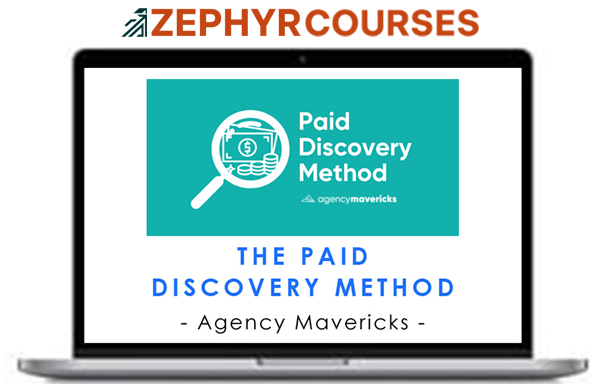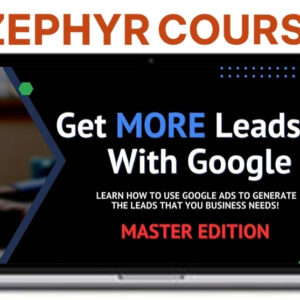Description
Understanding the Paid Discovery Method
While many agencies jump straight into project execution, the Paid Discovery Method takes a more strategic approach.
Instead of rushing forward, you prioritize understanding your client’s needs through focused client engagement. You don’t just assume what’s best; you ask questions, dig into goals, and gather critical information.
This method sets the stage for project clarity by ensuring everyone’s aligned on objectives, scope, and deliverables before any actual work begins.
Key Benefits for Agencies and Clients
By adopting the Paid Discovery Method, you give both your agency and your clients a clear path to success from the very beginning. This approach boosts client engagement by involving clients in important early-stage decisions, making them feel valued and understood.
You’ll establish project clarity before any real work begins, reducing the risk of miscommunication and costly revisions down the line. Clients appreciate knowing exactly what to expect, and you gain confidence that everyone’s on the same page.
The method also positions your agency as a professional partner, not just a service provider, which can increase trust and long-term loyalty.
Ultimately, you’ll save time, avoid scope creep, and guarantee smoother project delivery, all while enhancing the overall client experience from day one.
Steps to Implement Paid Discovery in Your Workflow
To successfully integrate the Paid Discovery Method into your agency’s workflow, start by outlining a clear, repeatable process that you can present confidently to clients.
Begin with an introductory meeting to explain the value of paid discovery and how it shapes project success. Next, craft a detailed scope for the discovery phase, specifying deliverables, timelines, and costs. Make sure your contracts and proposals include this step to set expectations early.
For seamless workflow integration, assign team members to manage the process, ensuring communication stays open and tasks are tracked. Use project management tools to monitor progress and document findings.
After the discovery phase, present your insights and recommendations to the client, establishing the foundation for the main project and demonstrating your agency’s expertise.
Frequently Asked Questions
How Much Should Agencies Charge for a Paid Discovery Session?
When setting pricing strategies for a paid discovery session, consider your expertise, session duration, and client value. You’ll typically charge $500–$2,500 for a 60–90 minute session, but adjust based on your niche and deliverables.
What Industries Benefit Most From the Paid Discovery Method?
You’ll find the paid discovery method especially valuable in healthcare consulting and tech startups. These industries face complex challenges, so a structured discovery process helps you clarify needs, align expectations, and build tailored solutions that drive better project outcomes.
Can Paid Discovery Work for Solo Freelancers?
As a solo freelancer, you can benefit from paid discovery by clarifying project scope and securing upfront commitment. However, you’ll face challenges convincing clients to pay, so clearly communicate the process and demonstrate its value early on.
How Do You Handle Client Objections to Paying for Discovery?
When a client objects to paying for discovery, focus on building client trust by clearly outlining the process. Emphasize the increased value perception—they’ll get tailored solutions, not assumptions, ensuring their investment leads to the best results.
Are There Specific Tools Recommended for Conducting Paid Discovery Sessions?
When running paid discovery sessions, you’ll want to use reliable discovery tools like Miro or Notion for collaboration. Choose session platforms such as Zoom or Microsoft Teams, so you can communicate clearly and gather insights efficiently.








